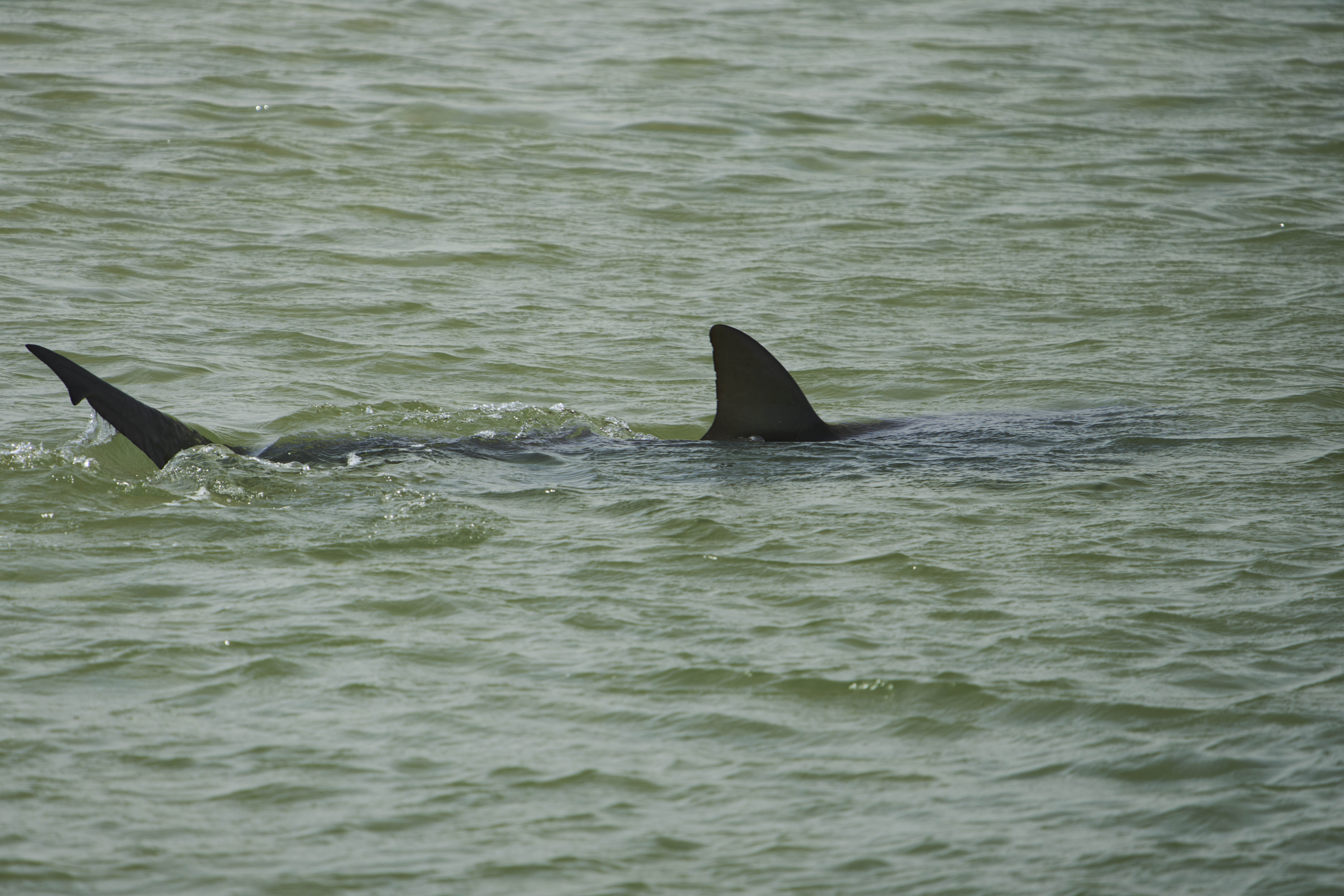WILMINGTON, N.C. — It’s about the water, not the wind, with Hurricane Florence making an extended stay along the North Carolina coast. Forecasters say “it cannot be emphasized enough that the most serious hazard associated with slow-moving Florence is extremely heavy rainfall, which will cause disastrous flooding that will be spreading inland.” Top sustained winds made it just a Category 1 hurricane but some communities were already submerged in more than 6 feet (2 meters) of water as the storm drenched the coast.
BY THE NUMBERS
—Big storm: about 400 miles (645 kilometers) wide, with hurricane-force winds stretching across a 140-mile (255-kilometer) span
—Heavy rains: parts of the Carolinas could see 20 inches to 30 inches (50 to 76 centimeters), with isolated areas getting 40 inches (100 centimeters), over seven days along the coast
—Storm surge: up to 13 feet (nearly 4 meters), and seawaters could push inland 2 miles (more than 3 kilometers), depending on how long Florence lingers
—Fatal hazards: historically, 49 percent of U.S. hurricane deaths come from storm surge, 27 percent from rain, 8 percent from wind, 6 percent from surf, 6 percent were offshore and 3 percent from tornadoes
—Intensity: Florence came ashore with top winds of 90 mph (145 kph), below the 111 mph (178 kph) threshold for a “major” hurricane but still extremely dangerous
—In the dark: more than 510,000 outages, mostly in North Carolina, as of Friday morning, with Duke Energy anticipating 1 million to 3 million homes and businesses losing power
—Protected: 12,000 people in shelters in North Carolina, 4,000 in South Carolina and 400 in Virginia
—Populated coastline: 11 million Americans live in areas under storm watches and warnings
—Grounded: nearly 1,200 flights canceled
—Potential losses: estimated $10 billion to $60 billion in economic damages
TO THE RESCUE
Fast response crews from California, Florida, Oregon, Virginia and New England converged on the Carolinas with inflatable Zodiac boats, all-terrain vehicles and mini-bikes to help with rescues and debris clearing in Florence’s wake. It’s a good thing they were available: about 350 people in New Bern, North Carolina, needed rescue from flooding on the Neuse River, and about 70 people in Jacksonville, North Carolina, had to be moved to safety from a hotel whose structural integrity was threatened by the hurricane.
UP CLOSE AND PERSONAL
A North Carolina TV station had to evacuate its newsroom in the middle of its hurricane coverage. Hours before Florence made landfall, workers at WCTI-TV NewsChannel 12 abandoned their studio in New Bern, North Carolina, where the National Weather Service measured storm surge 10 feet (3 meters) deep.
AT THE ZOO
About 1,600 animals at the North Carolina Zoo are hunkered down. Zoo workers moved elephants, giraffes, chimpanzees and hundreds of other species indoors for safety. Some animals, including bison and elk, stayed in fenced-in yards instead of barns because they don’t like being in fully enclosed spaces.


















